| The Laminitis Site has been using 1.3 cm EVA foam mats to make pads to go in hoof boots. When Herbie got a slight heel rub we taped pads directly onto her feet with duct tape, and found this just as effective as boots. After a couple of days the foam compacts, but we found putting a second slightly smaller pad inside the compacted pad extended the life of the pads for several days, and presumably provided good comfort as Herbie has been happy to trot and even have a little canter and buck in her turnout strip! The external pad should generally be just a bit larger than the foot, to ensure the hoof is fully supported. We use a template of the hoof size, draw round it with a felt tip pen, cut the pad out of the mat with a Stanley knife, apply tape across the bottom of the pad, long enough to extend most of the way up the hoof wall but not to the hairline, then apply the pad to the hoof, stick the tape down and wrap more tape around to secure the pad to the wall, keeping it on the hoof wall and away from the coronet/heel bulbs. We have been using 66FIT interlocking mats (http://www.amazon.co.uk/66FIT-Interlocking-Floor-Guard-Peices/dp/B004OW24CM). We were quite surprised by the increase in comfort Herbie showed when we first put boots with pads on her front feet (we have only used EVA foam pads for Herbie, so can't compare with other pads, but other thick and conforming pads are likely to have similar results), even though she was already on a deep, soft and conforming sawdust bed. She has worn the EVA pads either in boots or directly taped onto her feet ever since apart from a few hours overnight when she is barefoot on sawdust to allow her feet to dry, and I suspect her comfort with these pads has been a significant factor in her rapid return to turnout and exercise. Her feet actually haven't been sweaty with these pads, we'd normally use a medicated powder (e.g. Lanacane) inside boots to help prevent sweating, but haven't needed to. The only problem we have found is that the pads can be a bit slippery on wet grass. EVA foam pads are now part of TLS's laminitis emergency kit! More about Herbie's feet here: http://www.thelaminitissite.org/herbie.html |
If laminitis is suspected or diagnosed, the feet should be supported/protected, x-rayed and realigned (if necessary) as soon as possible. For more information, see Laminitis and the Feet.
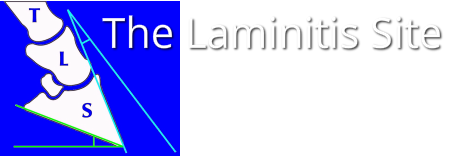
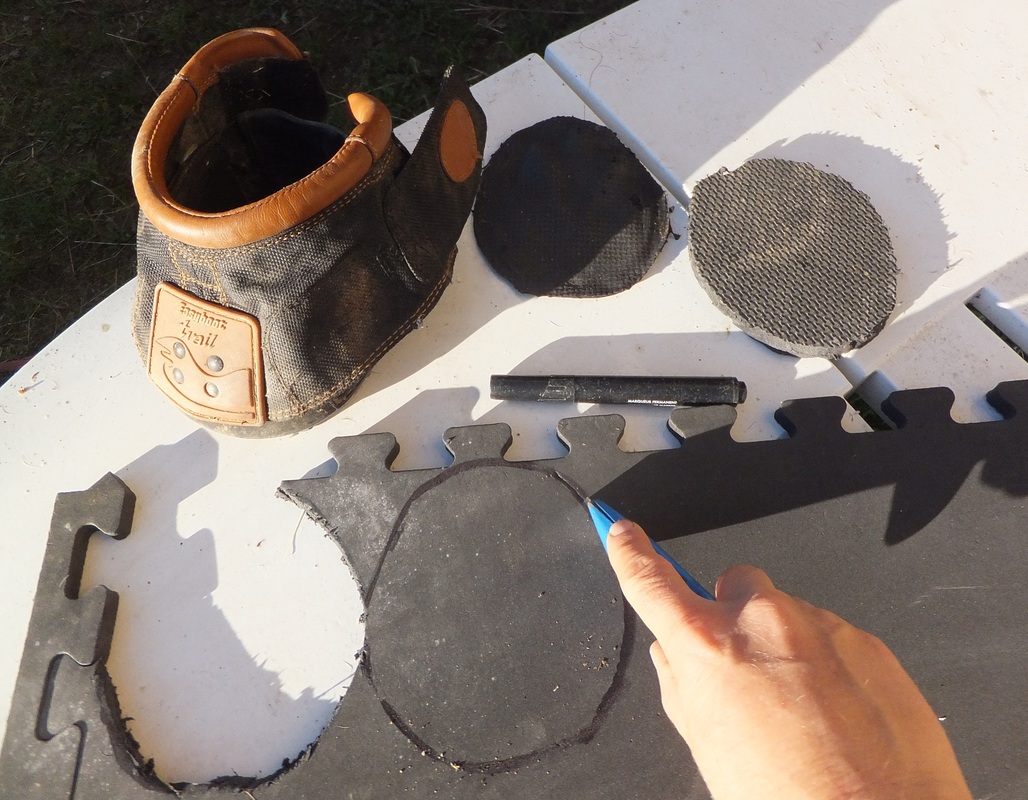
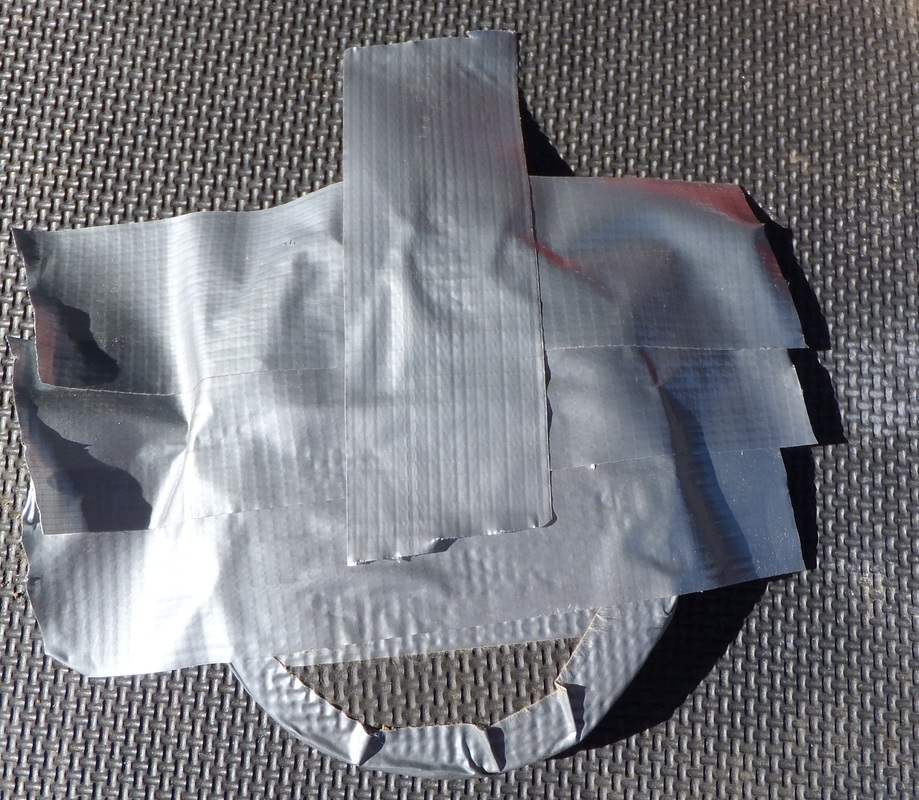
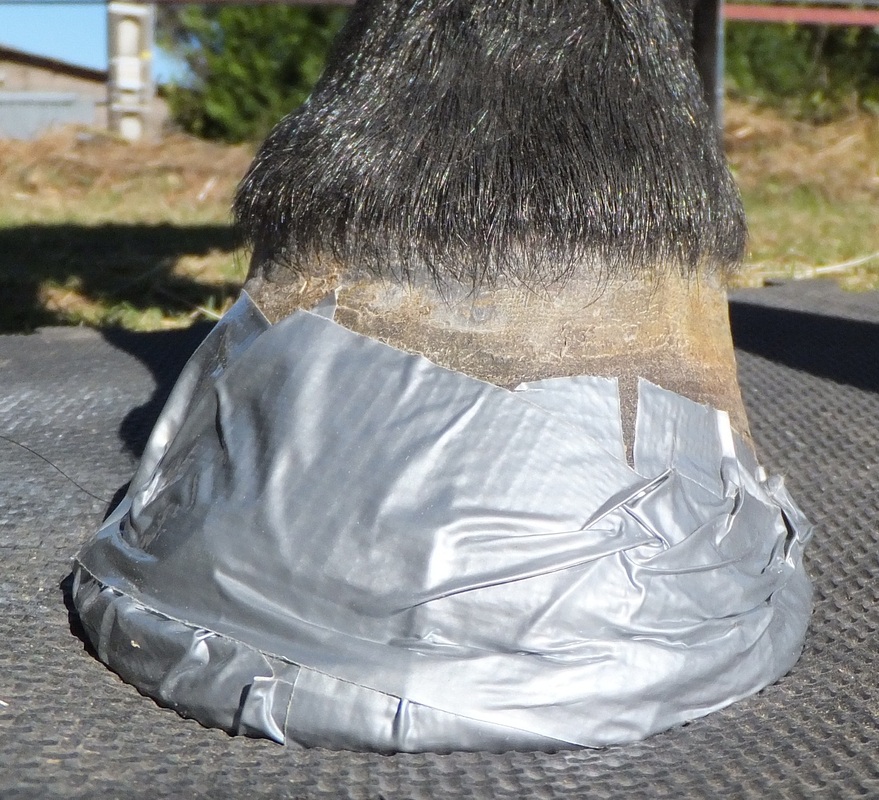
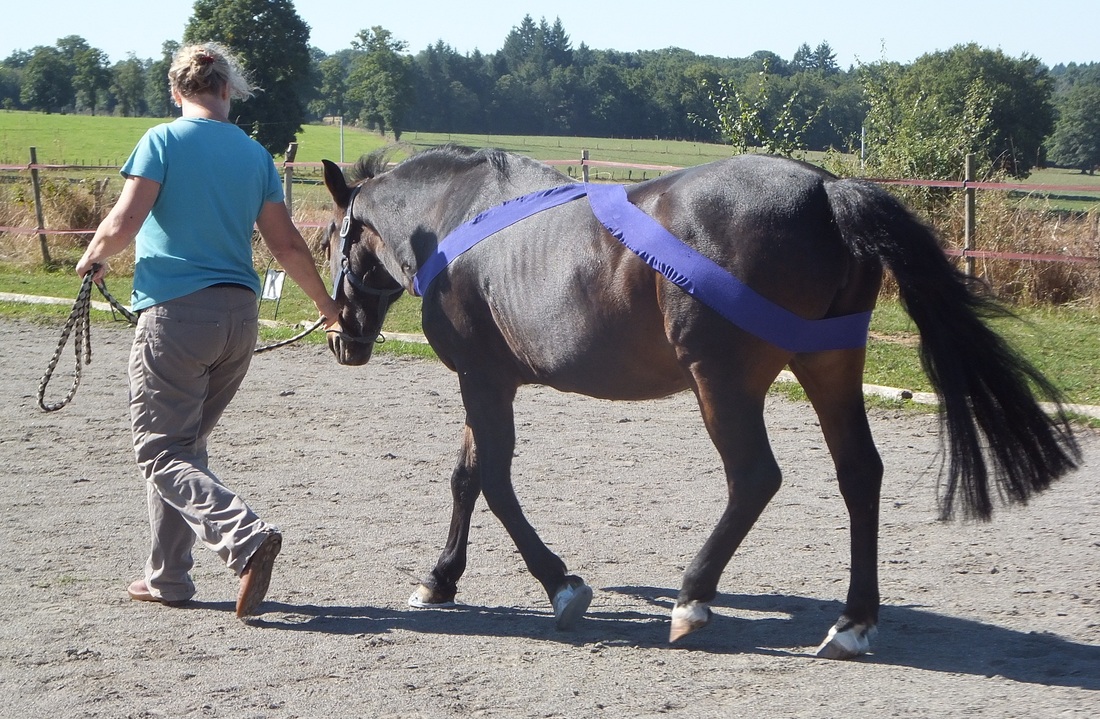
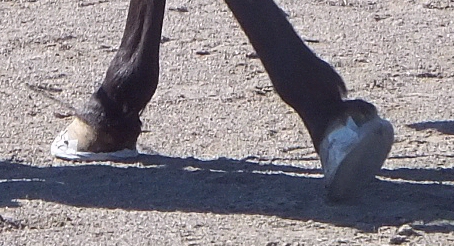
 RSS Feed
RSS Feed